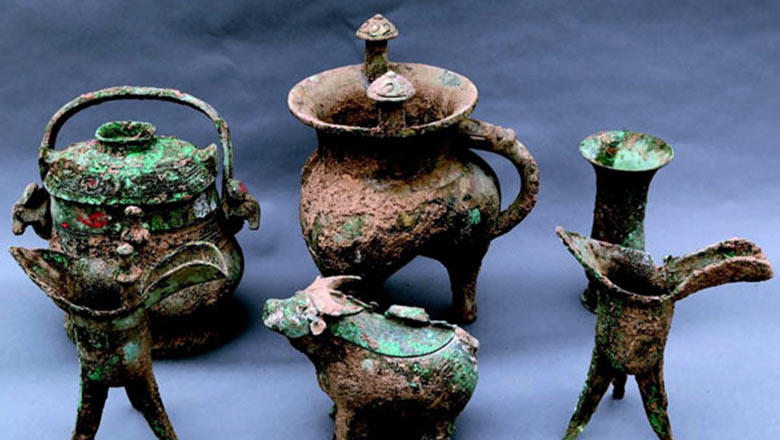Killers in our midst
Updated: 2016-05-20 10:57
By Manuel Pulgar-Vidal(chinadaily.com.cn)
|
||||||||
We must place air pollution – the fourth-leading cause of death on the planet – at the top of the world's 'most wanted' list of environmental health threats
A killer stalks our streets, using poison as its weapon of choice. Slowly and silently, this killer has turned the air we breathe into a deadly cocktail of toxins that can penetrate deep inside our lungs, causing heart attacks, lung infections and cancers. We can even see this killer from space in the thick clouds of filth that shrouds so many of our cities.
If this killer were human, then it would be the deadliest mass murderer in history. But the killer I'm talking about is air pollution and you can't just lock it up in prison or bolt your doors to keep the menace out.
Here, in Peru, we know how deadly this air-borne plague can be. Our capital, Lima, is one of the most polluted cities in Latin America. Poor fuel, old buses and the city's geography – nestled between the Andes and the Pacific Ocean –combine to make the air foul.
Nearly 80 per cent of the estimated 5,000 deaths per year from the city's pollution may be caused by the fumes that its old fleet of minivans and buses belch into the air every day. Things have become so bad that travel writers have begun to quip, "If you travel to Lima, try not to breathe the air".
But air pollution doesn't only plague Peru or South America. It is a global scourge that has become the number one environmental health risk in the world, causing the deaths of more than seven million people every year. Outdoor and indoor air pollution – from transport, fossil fuel power stations, cooking and other sources – now kills more than HIV and malaria combined, placing a major strain on hospitals and economies. Indoor smoke is a serious health risk for some three billion people who cook and heat their homes with solid fuels.
The world has never witnessed such high levels of pollution before. Almost 70 per cent of people living in cities are exposed to pollution above the recommended levels as diesel cars combine with emissions from farming, wood and coal fires, tyre burning, cooking, open rubbish dumps, and dust from construction sites and brick kilns to create the noxious miasma that envelopes our homes and streets.
But this deadly menace doesn't just harm human health: it also has a major impact on the world's economy and the education of our children. In China, where the government shuts down schools when toxic levels soar, it is estimated that air pollution cost the country $1.4 trillion in 2010.
The pollutants in our air are also intensifying climate change and damaging our ability to grow food. Global losses to soybean, maize and wheat crops due to ground-level ozone pollution could be as high as $17-35 billion per year by 2030.
- Russia to build first cruise liner in 60 years
- LinkedIn, Airbnb match refugees with jobs, disaster survivors with rooms
- Duterte 'willing to improve ties' with Beijing
- Canadian PM to introduce transgender rights bill
- Hillary Clinton says her husband not to serve in her cabinet
- New York cake show designs fool your eyes

 Highlights at Google I/O developers conference
Highlights at Google I/O developers conference
 Nation celebrates International Museum Day
Nation celebrates International Museum Day
 Body brushwork creates vivid animals
Body brushwork creates vivid animals
 Can you still recognize these cities?
Can you still recognize these cities?
 A private museum owner's devotion to cultural protection
A private museum owner's devotion to cultural protection
 China's top 10 archaeological discoveries
China's top 10 archaeological discoveries
 Apple's CEO Tim Cook's eight visits to China in four years
Apple's CEO Tim Cook's eight visits to China in four years
 Annual New York cake show designs fool your eyes
Annual New York cake show designs fool your eyes
Most Viewed
Editor's Picks

|

|

|

|

|

|
Today's Top News
Liang avoids jail in shooting death
China's finance minister addresses ratings downgrade
Duke alumni visit Chinese Embassy
Marriott unlikely to top Anbang offer for Starwood: Observers
Chinese biopharma debuts on Nasdaq
What ends Jeb Bush's White House hopes
Investigation for Nicolas's campaign
Will US-ASEAN meeting be good for region?
US Weekly

|

|







